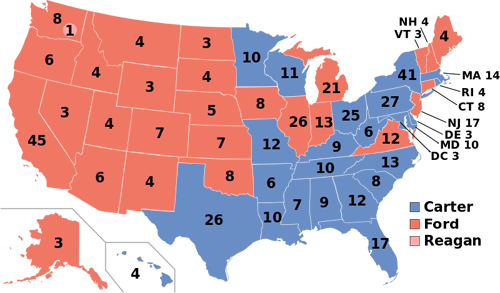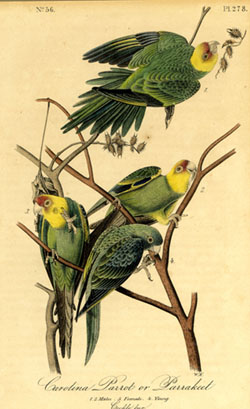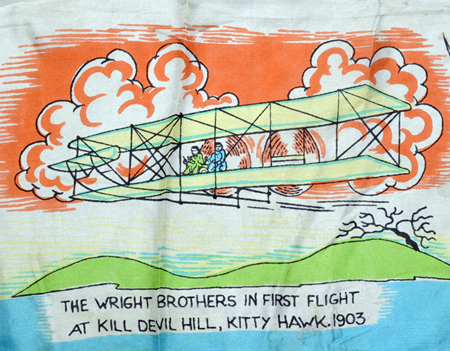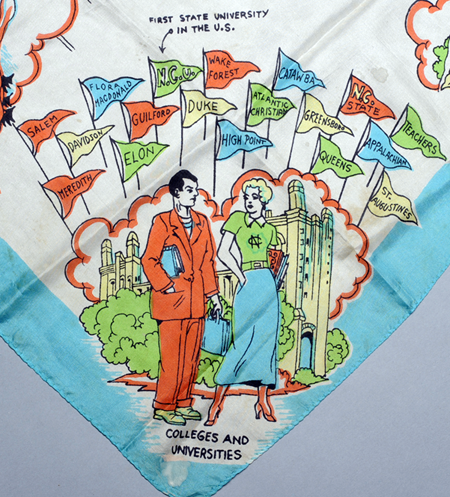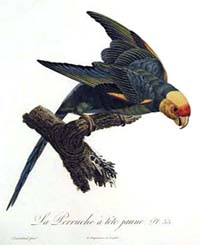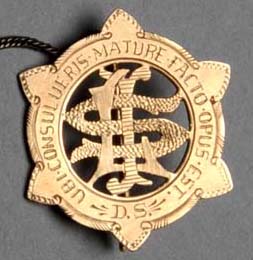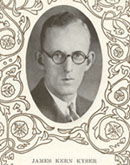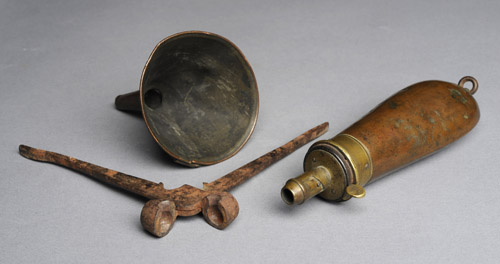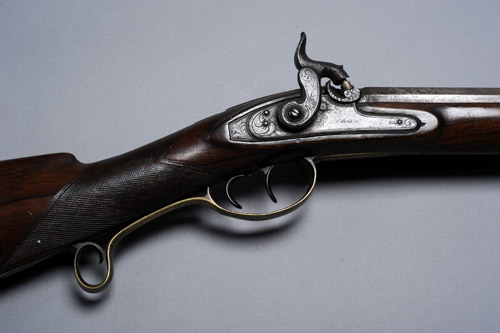The 2012 presidential election is so complicated: convoluted electoral equations, Super PACs, televised debates with real-time feedback from undecided voters. Remember when a voter could express his or her support with nothing more than a smiling peanut?
Our October Artifact of the Month is a green toboggan supporting Jimmy Carter’s 1976 presidential campaign. The words “Jimmy in 76” are knitted into the cap and a patch bearing a toothy peanut is sewn onto the front.
The hat, which was donated by Patrick S. Wooten and Andrew M. Sugg, originally belonged to James R. Sugg of New Bern, North Carolina. Jim Sugg was the Chairman of the North Carolina Democratic Party from 1972 to 1976. Mr. Wooten writes, “I think it is safe to say that Jim was a vital part of the effort that resulted in Jimmy Carter winning in North Carolina, and ultimately being sworn in as president.”
Jimmy Carter was a proud son of the South, and this 1976 electoral map shows how strongly geography played into the election. (Note the one rogue elector in Washington state who, despite pledging to vote for Ford, cast a vote for Ronald Reagan.)
Certainly, it would be a mistake to portray 1976 as a simpler time politically, especially given the effects of Watergate on public perceptions of the presidency. All the same, it’s refreshing to look back on a time when something as wholesome and whimsical as the peanut — and something as iconically Southern — could symbolize a presidential candidate’s entire campaign.
We’re pleased and grateful to add this toboggan to our collection of political memorabilia.


